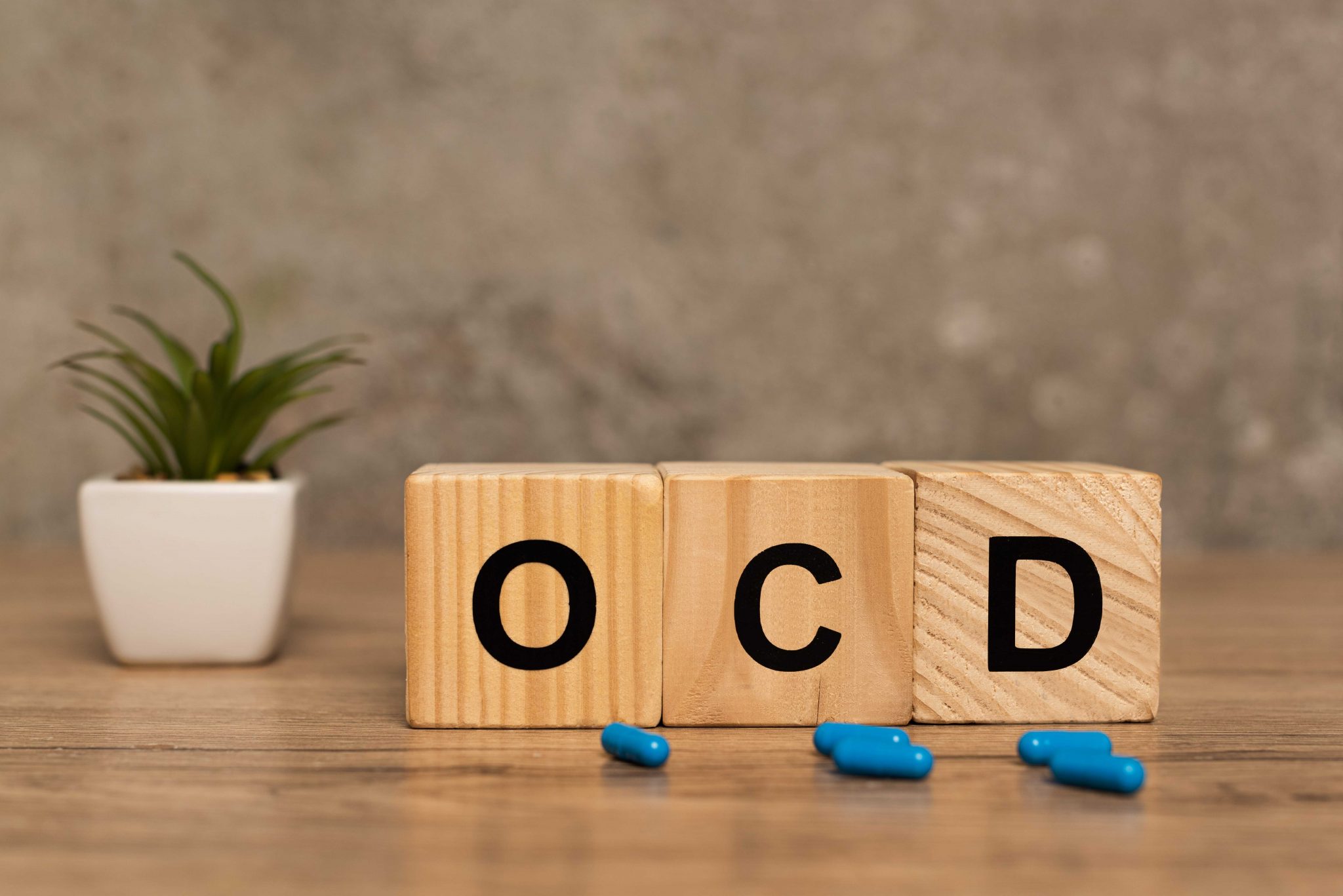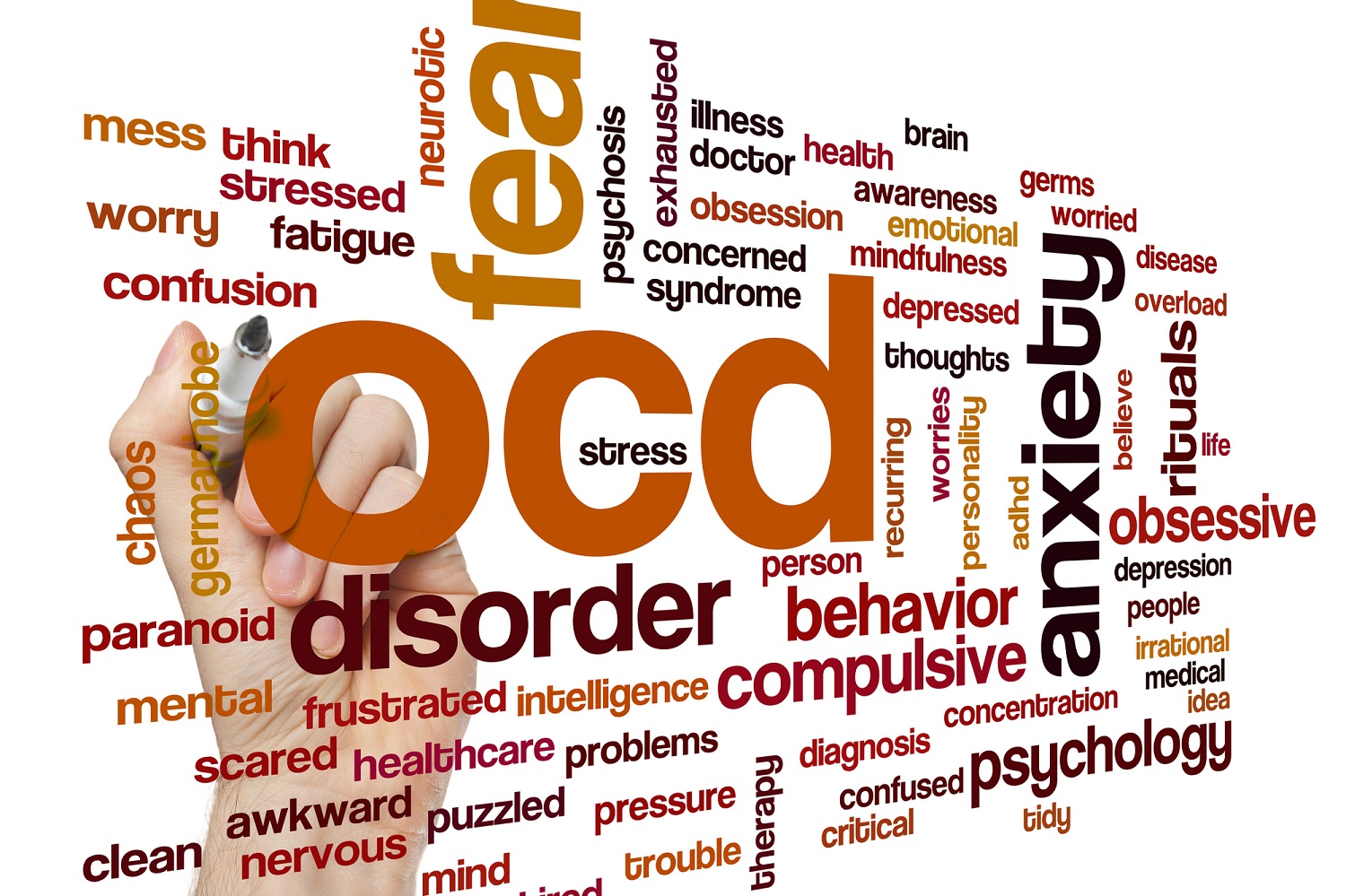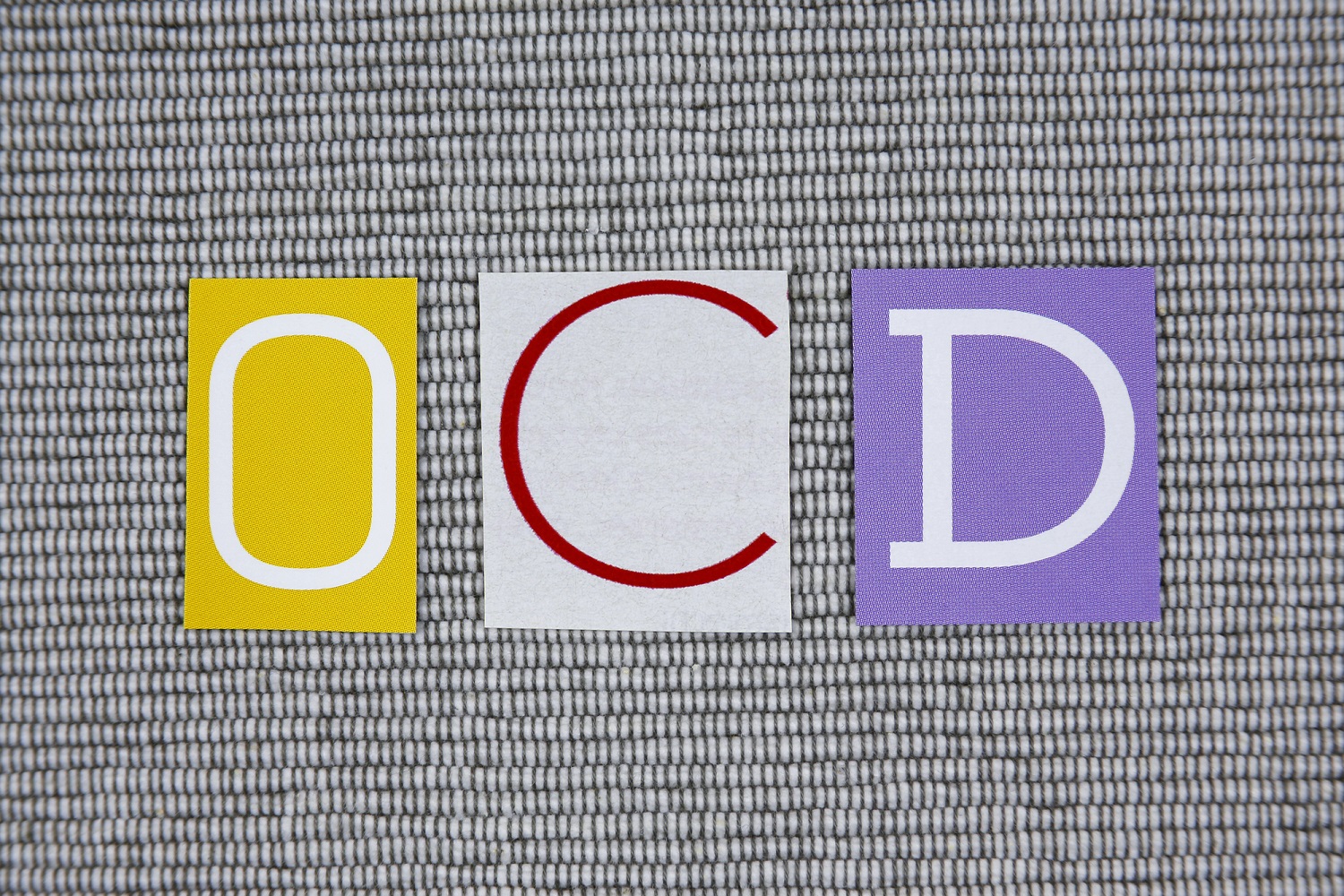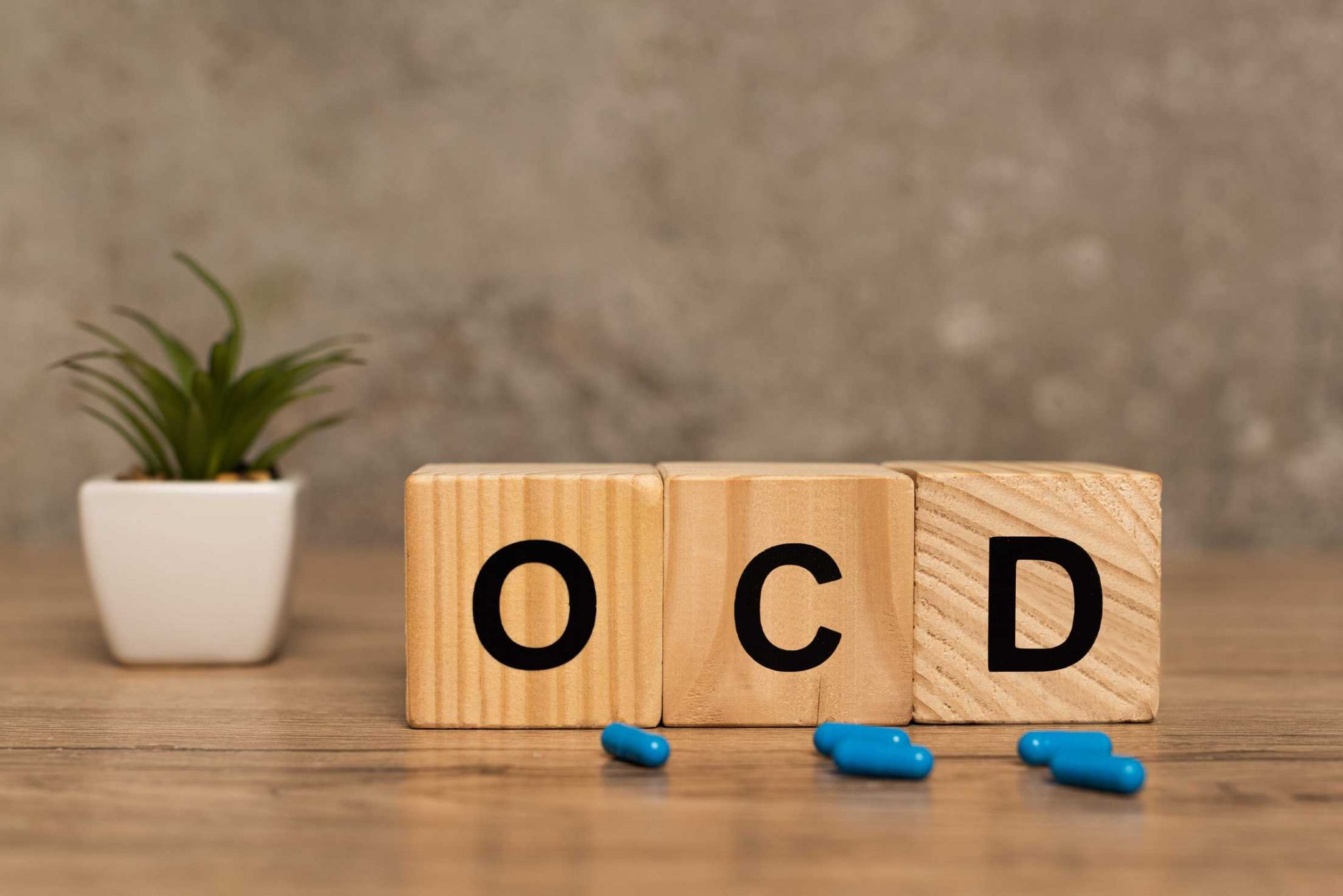Illustration by Kotryna Zukauskaite
Geuris “Jerry” Rivas, a native of New York, was diagnosed with severe obsessive-compulsive disorder when he was 15. Obsessions with organizing and reorganizing the belongings in his bedroom — posters, comic books, videos — took over most of his life.
Forced by germ obsessions to compulsively wash and rewash his hands, he started wearing gloves all day to both protect him from the germs and stop him from washing his hands raw. Now, at 36, OCD symptoms continue to cost him jobs and relationships. He’s managed to turn his organizational skills into a profession — he’s a home organizer and house cleaner — but still he struggles daily with his obsessions.
“It’s caused me a great deal of suffering,” Rivas says. “I’ve tried many, many medications. I’ve wasted so much of my life.”
In 2012, running out of answers, Rivas took part in the first clinical trial to test ketamine as a treatment for OCD. Ketamine is approved by the U.S. Food and Drug Administration as an anesthetic. Over the past 10 years, dozens of small studies of ketamine’s ability to treat a variety of mood and anxiety disorders have reported remarkable results — including the sudden alleviation of treatment-resistant depression, bipolar disorder and post-traumatic stress disorder. And these effects lasted days, sometimes weeks, after the hallucinogenic effects of the drug wore off.
With a single infusion of the drug, Rivas experienced for two weeks what it was like to live without the compulsions and obsessions that had for years controlled his life.
“I felt like, for the first time, I was able to function like a regular person,” he says.
Pros and cons
Ketamine has brought hope to a psychiatric field desperate to find new treatments for severe OCD, a chronic condition marked by debilitating obsessions and repetitive behaviors. Current treatments, which include antidepressants such as Prozac, can take months to have any effect on the disease, if they work at all.
“Severe OCD takes such a toll on patients,” says Carolyn Rodriguez, MD, PhD, who as a researcher at Columbia University ran the OCD trial. Now an assistant professor of psychiatry and behavioral sciences at Stanford, she has continued to explore the pros and cons of using ketamine to treat OCD. “The constant, intrusive thoughts that something is contaminated, the checking and rechecking, the repetitive behaviors. It interferes with your life, your jobs, your relationships.”
Researchers like Rodriguez are intrigued about the drug’s potential to help them identify a whole new line of medicines for fast-acting treatment of mental health disorders.
“What most excites me about ketamine is that it works in a different way than traditional antidepressants,” Rodriguez says. “Using ketamine, we hope to understand the neurobiology that could lead to safe, fast-acting treatments. I feel that is part of my mission as a physician and researcher.”
“I think it’s a game changer, and it’s here to stay,” says David Feifel, MD, PhD, professor emeritus of psychiatry at UC-San Diego, who studies the effect of ketamine on clinical depression. Feifel began prescribing the drug for patients with treatment-resistant depression in 2010.
“I’ve found it [ketamine] to be very safe,” Feifel says, adding that the American Psychiatric Association this year issued safety guidelines on how to use ketamine clinically for treatment of depression.
“There’s a recognition that people like me and others are using the drug to treat patients now,” he says. “There’s an incredible need for something.”
Rivas well remembers that infusion of ketamine he received during Rodriguez’s first clinical trial to test the drug. The rush made him feel “like Superman.”
“I felt like my body was bigger, that I was more muscular, that I could tackle anything,” he says. But that feeling only lasted the duration of the 40-minute infusion. His OCD symptoms disappeared immediately and were still gone for two weeks after.
“I was amazed that something like that would work and work so fast,” he says. His OCD symptoms today are still intrusive, but he manages to keep them under control by taking antidepressants and seeing a therapist. Still, each day when he comes home from work, he has to put gloves on before he enters his apartment building, and as soon as he enters his apartment, he must wash his hands.
“It’s a ritual now,” he says. “There has never been a time that I haven’t done that, except those two weeks after the ketamine.”
Many of our patients feel the same way. Check out their video testimonials.
Read the whole article from Standford Medicine here.





















